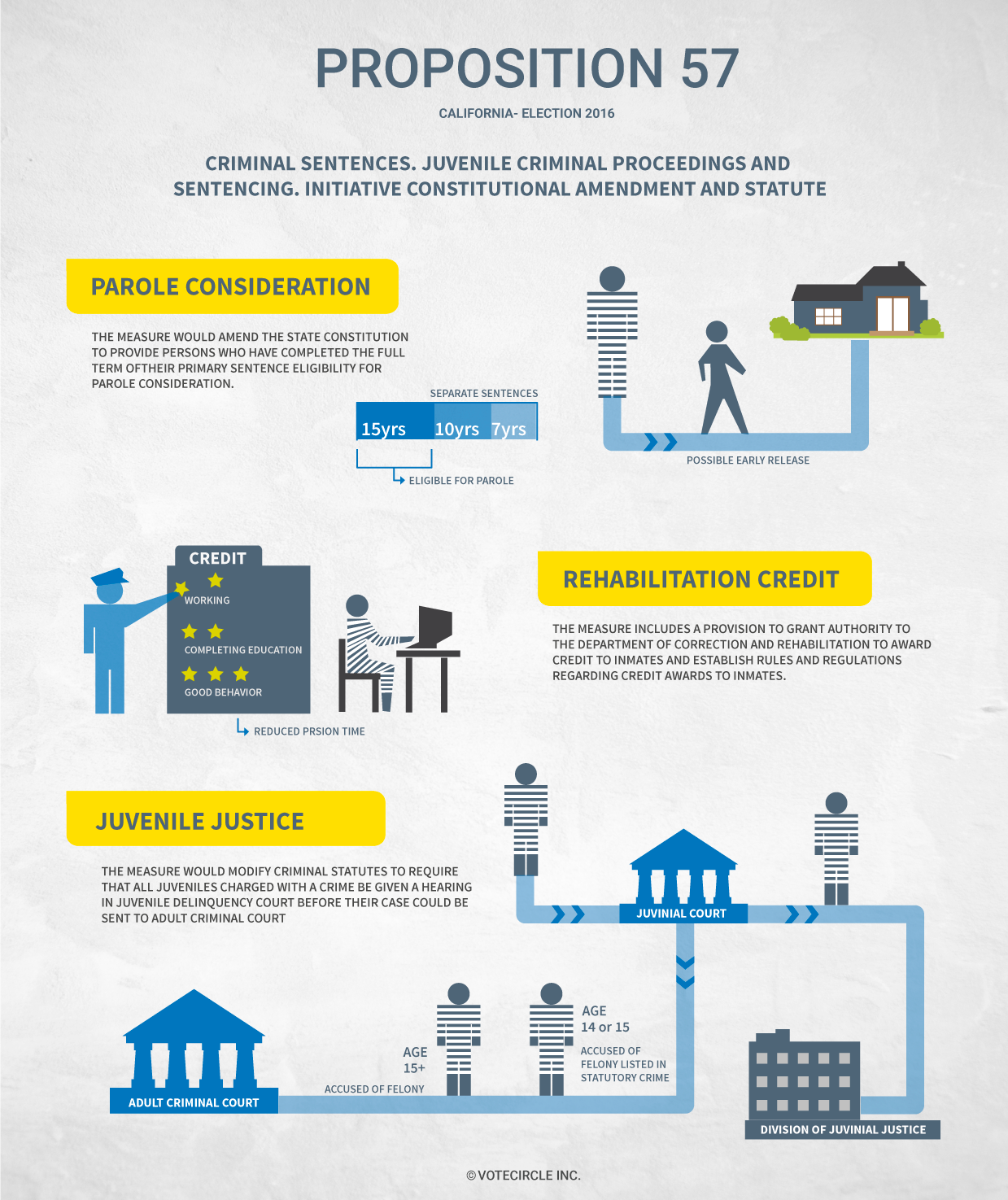
California State Capitol. (Photo: Kevin Sanders for California Globe)
Frequently Asked Questions about the Single Subject Rule in California
When did California law reflect the single subject rule?
By Chris Micheli, February 21, 2024 2:30 am
What is the purpose of the single subject rule for legislation? The general idea is to ensure that measures are not overly complex or that they may possibly confuse or “hide” provisions in a multi-faceted measure. Others have argued the single subject rule precludes combining popular and unpopular unrelated provisions in one omnibus measure.
Does California have a single subject rule? There is a single subject rule for legislation that is considered by the Legislature in Article IV, Section 9, of the state Constitution, which provides, in part: “A statute shall embrace but one subject, which shall be expressed in its title. If a statute embraces a subject not expressed in its title, only the part not expressed is void.”
When did California law reflect the single subject rule? It was in 1948 that the California Constitution was amended to add the single subject rule for initiatives. The following year, the California Supreme Court ruled that the single subject rule applicable to initiatives was to be construed in the same manner as Article IV, Section 9. The provision applicable to legislation had long been in effect by that time.
What did the Supreme Court initially say about the rule? It said that the single subject rule is generally “to be construed liberally to uphold proper legislation, all parts of which are reasonably germane.” The main case is Harbor v. Deukmejian (1987) 43 Cal.3d 1078, which was decided by the California Supreme Court. The Court explained that “the single subject clause has as its ‘primary and universally recognized purpose’ the prevention of log-rolling by the Legislature, i.e., combining several proposals in a single bill so that legislators, by combining their votes, obtain a majority for a measure which would not have been approved if divided into separate bills.”
Do other states have a single subject rule? Yes, almost every state constitution includes a single subject requirement. The California Supreme Court has also said, “The purpose of the requirement that the single subject of a bill shall be expressed in its title is to prevent misleading or inaccurate titles so that legislators and the public are afforded reasonable notice of the contents of a statute.”
What is the single subject rule for ballot measures? The California Constitution in Article II, Section 8(d) provides “An initiative measure embracing more than one subject may not be submitted to the electors or have any effect.”
Is there more than one challenge to an initiative based upon the single subject limit? Yes, the language contained in Section 8(d) states that, if an initiative “embraces” more than one subject, it can neither be submitted to voters nor be enacted by the voters. This means there are two opportunities to challenge an initiative measure based upon the single subject rule: a pre-election challenge or a post-election challenge on this ground.
How do the courts view challenges to initiatives? An initiative measure does not violate the single subject requirement if, “despite its varied collateral effects, all of its parts are reasonably germane to each other and to the general purpose or object of the initiative. The single subject rule does not require functional interrelationship or interdependence of provisions or showing that each one of the measure’s several provisions was capable of getting voter approval independently of other provisions.” Raven v. Deukmejian (1990) 52 Cal.3d 336
- Frequently Asked Questions about Voting on a Recall Petition - April 29, 2024
- Should Interpretive Guidance Be Included in California Legislation? - April 28, 2024
- Legislative Intent Does Not Equate to a Mandate - April 27, 2024





One thought on “Frequently Asked Questions about the Single Subject Rule in California”